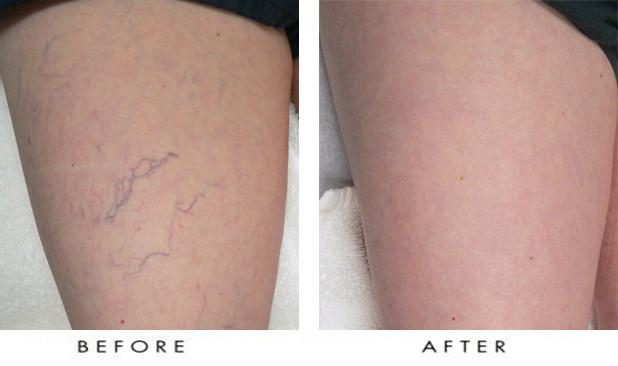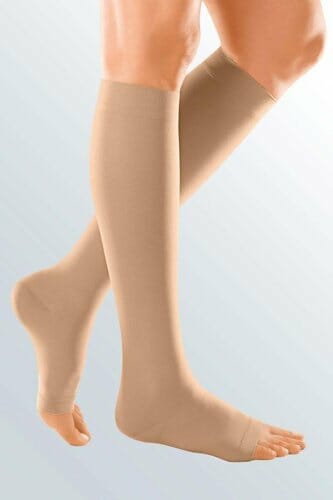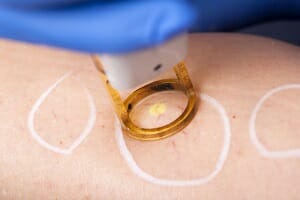
Treatments for spider veins
Unlike varicose veins, spider veins are harmless. Most people seek treatment for cosmetic reasons. However, treatment will also alleviate the mild yet persistent discomfort this condition sometimes causes.
The treatment options available include the following:
How to prevent spider veins
You can prevent spider veins by adopting some lifestyle changes. These self-care tips will prevent new spider veins from appearing and stop existing ones from spreading.

Endovascular Today – Analysis Shows Similar Efficacy for UFE Versus Myomectomy, With Greater Improvement in Menorrhagia and Less Need for Blood Transfusion
March 25, 2019— Research presented at the Society of Interventional Radiology’s (SIR) Annual Scientific Meeting found that patients with uterine fibroids treated via embolization (UFE) were less likely to require blood transfusions than those treated with surgical myomectomy and that similar efficacy could be expected between the procedures.
What to Expect from Your Visit to Pedes
ULTRASOUND
ULTRASOUND
Your treatment will begin with an ultrasound examination of your veins, arteries, or both, in your legs to diagnose the presence and extent of the disease. Your test results will be immediately available to review with the doctor.
CONSULT
CONSULT
Once we review the results of your diagnostic tests, our physicians will help you develop a plan to provide you with the best treatment for your disease.
TREATMENT
TREATMENT
Depending on the extent of disease in your arteries or veins, our specialists may recommend minimally invasive intervention and/or prescribe medications to help your symptoms.
FOLLOW UP
FOLLOW UP
It is important to make sure that you return for every scheduled follow-up appointment to ensure that your disease is appropriately monitored. If you ever have any questions or concerns, please call or schedule a follow-up appointment with our staff.






